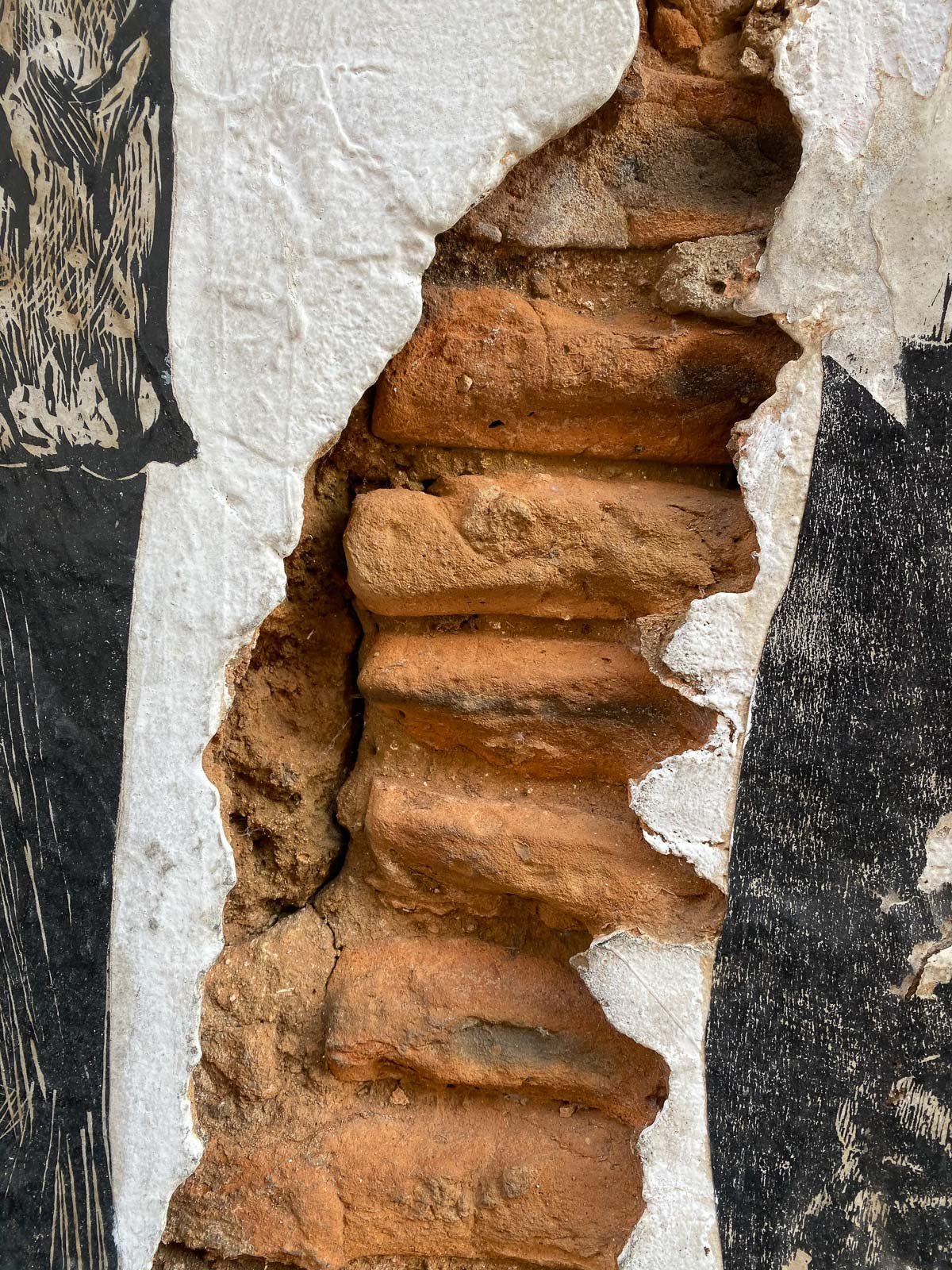The Transformative Power of Natural Building
Few places in the world are blessed with the natural abundance that can be found in Puerto Rico. Geographically, the island has been blessed with a number of microclimates that are abundant with water, sun and soil. However, this same geography makes us more prone to a number of environmental hazards like hurricanes, landslides and earthquakes. In the past three years alone, the island has withstood both the most intense hurricane and second most intense earthquake in all of its recorded history.
Our infrastructure is thus faced with the task of both integrating and responding to the duality of the island’s environment–natural abundance and natural risk–and this is a task it very rarely achieves.
Growing up in the metropolitan area of Puerto Rico, I was always surrounded by overpowering infrastructure: wide roads, towering overpasses, sprawling suburbs… But while infrastructure is abundant, it exists in a haphazard way. The roads are full of potholes and frequently flooded; the overpasses are in a constant state of pause because of heavy traffic; concrete buildings are in a decaying state of disrepair. The infrastructure that is meant to help us is actually failing us, and therefore overwhelming us with a consistent feeling of burden. This all ends up negatively affecting our quality of life, neither connecting us to our environment nor protecting us from its risks.
This disconnect between the manmade and natural worlds resonated deep within me. I ached for the feeling of a harmonious relationship between the two and myself, a feeling of community that extended beyond what I was seeing.
And I realized that infrastructure had the transformative power to bring it all together.
This belief led me to research alternative building materials, and that’s when I eventually came across bioconstruction.
As an engineer, I immediately became interested in the topic. The natural materials used in bioconstruction present design challenges that come with their intrinsic variability- like their variations by region and their DIY construction methods. Though from a development perspective, they also present more accessibility in terms of material costs. I personally found that working with materials like bamboo, and especially earth, is very empowering.
The sensory experience of working with these materials is extremely engaging, and pushes you to work with them intuitively using your touch, smell, vision and hearing. This bond you form with these materials also gives the feeling of connecting to an underlying cultural identity. Until the last century, Puerto Rican buildings have always been built with natural materials, such as earth/soil, cured wood, and palm trees. Some of these constructions have withstood the test of time and can be seen in places like Old San Juan, where buildings made of tapia–an earthen construction style–and ausubo, one of the most important hardwoods of our history, are still standing. These buildings are a testament to the resiliency of these materials, and how they can withstand and protect us from the natural hazards we face.
Building with these materials requires a great amount of physical effort. However, it is also an opportunity to come together with our communities and create cooperatively, an act which is revolutionary in helping us integrate ourselves with our natural and built environments. This is an aspect of this work that has been especially meaningful for me, and has answered the call I’ve had to bring together the power of our infrastructure, our natural resources, and ourselves. My time serving with Plenitud PR has shown me how to embody and find the many ways our communities can be integrated more holistically - using permaculture design methods beyond just agricultural design. We can redesign our communities, our homes, even our small microworlds of our desks in a way that allows us to feel more connected and at peace in the spaces we inhabit.







